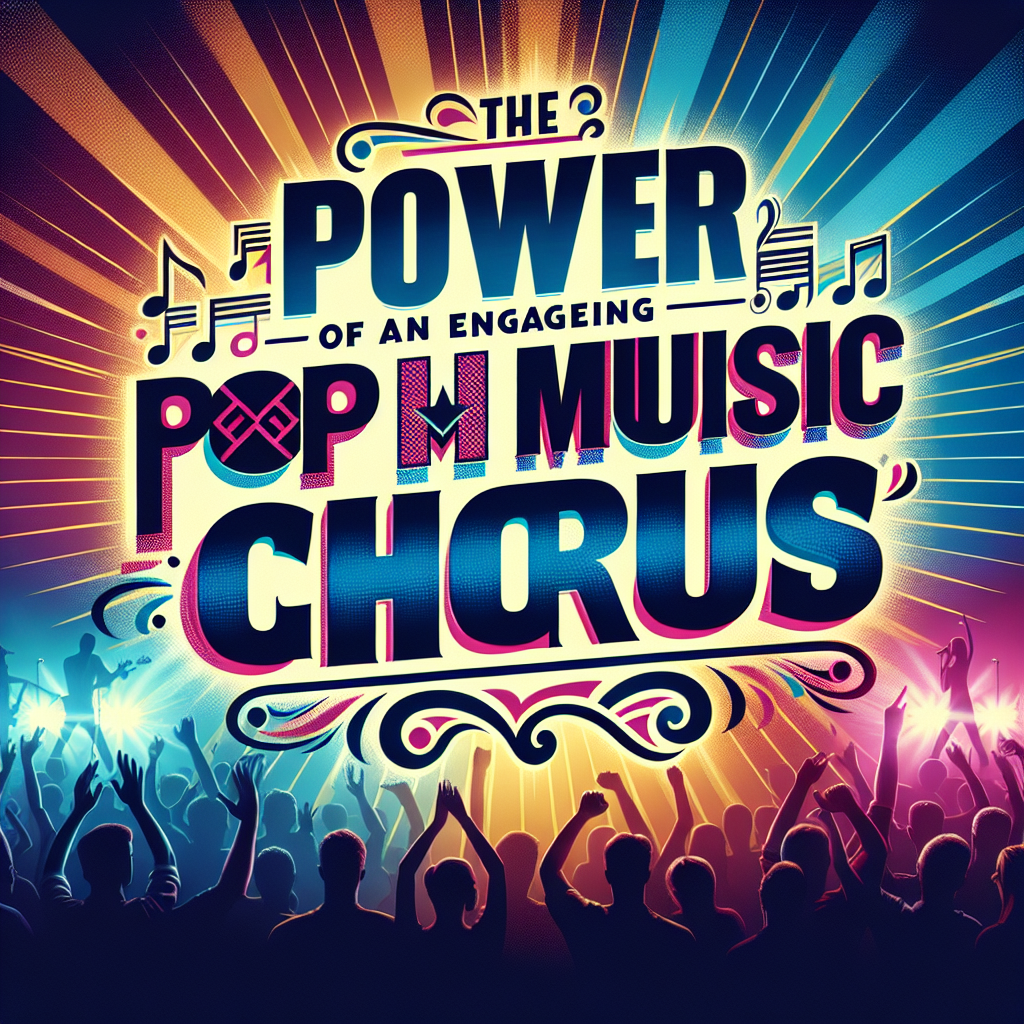There’s a magical allure to the melodies and rhythms that define Rhythm and Blues music—the popular genre commonly known as R&B. From its existing origins to its profound influence on today’s music, exploring this genre’s rich history, characteristics, and effect on the global music scene can offer intriguing insights. The soulful depth of R&B is a phenomenon that transcends the boundaries of music, striking our emotions and invoking strong connections with expressions of life’s joy and pain.
A Historical Overview
R&B originated in the 1940s as a term used by record companies to describe recordings marketed towards African Americans. The genre combined elements of jazz, hip hop, funk, pop, soul, and blues to create a distinct, sophisticated style. Some of the early pioneers of R&B music include Ray Charles, James Brown, and Little Richard, who revolutionized the music scene with their powerful vocal performances and emotional lyrics deeply rooted in African American history and culture.
Characteristics of Rhythm and Blues
R&B music is known for its emotive lyrics, often addressing themes of love, heartbreak, and life’s struggles. It incorporates robust rhythmic elements with a consistent groove, highlighted by strong bass lines and syncopated drum patterns. Melodically, R&B leans heavily on the use of blues notes, intricate chord progressions, and expressive, sometimes improvised, vocal styles.
The Power of Soul in Rhythm and Blues
The soul of R&B music is its emotional intensity and authenticity, frequently encapsulated in soul-stirring ballads. These songs often deliver a powerful emotional punch, making us feel deeply connected to the music and the artist. Few genres capture raw human emotions quite like Rhythm and Blues.
The Global Impact of R&B
Today, R&B’s influence can be felt in many different music genres worldwide, from pop and rock to hip hop and electronic music. It has continued to evolve, incorporating new influences while remaining true to its unique blend of rhythm and soul. The result is a powerful and compelling genre that continues to capture the hearts and minds of music lovers all over the world.
Conclusion
The exploration of Rhythm and Blues music illuminates the profound depth and soulfulness of this genre. It’s this unique characteristic that allows this music form to bond so evocatively with our emotions. R&B has left an indelible mark on the world music scene and will continue to shape its landscape. In the end, perhaps the true beauty of Rhythm and Blues lies in its ability to connect us to our shared human experience through the universal language of music.
FAQs
- Q: Who are some notable Rhythm and Blues artists?
A: Well-known R&B artists include Ray Charles, Aretha Franklin, James Brown, and more recent artists like Alicia Keys, Mary J. Blige, and John Legend.
- Q: How has Rhythm and Blues influenced other music genres?
A: R&B has significantly impacted other genres such as pop, rock, and electronic music, infusing them with its distinct blend of rhythm and soul.
- Q: What themes are often explored in R&B music?
A: R&B often explores themes of love, heartbreak, and emotional struggle, delivered through soulful and emotive lyrics.
- Q: What defines the sound of Rhythm and Blues music?
A: R&B is characterized by robust rhythmic elements, strong bass lines, syncopated drum patterns, blues notes, intricate chord progressions and an expressive vocal style.
- Q: Why is Rhythm and Blues also referred to as soul music?
A: The term “soul” refers to the emotional intensity and authenticity that is a defining characteristic of Rhythm and Blues music.




